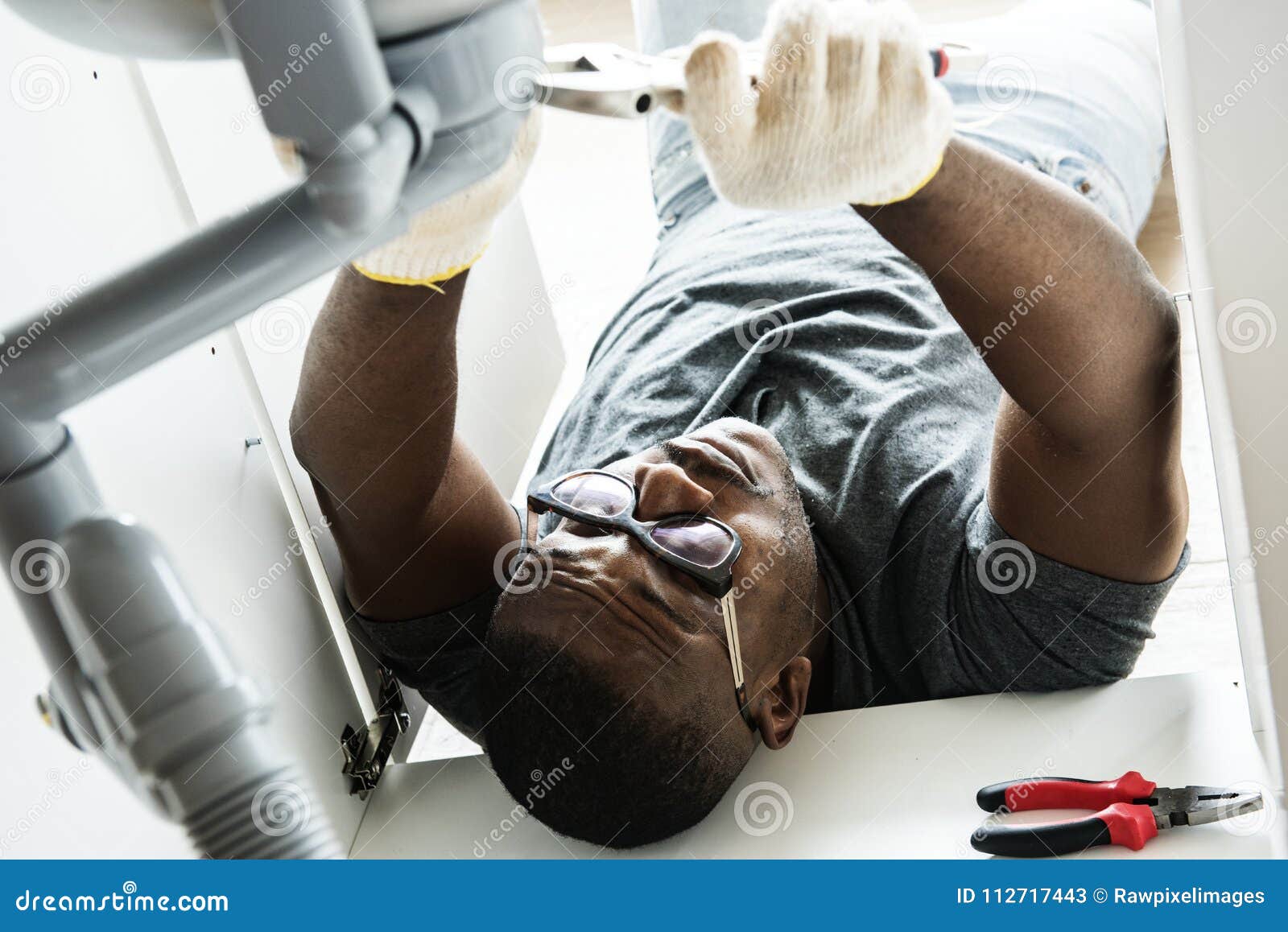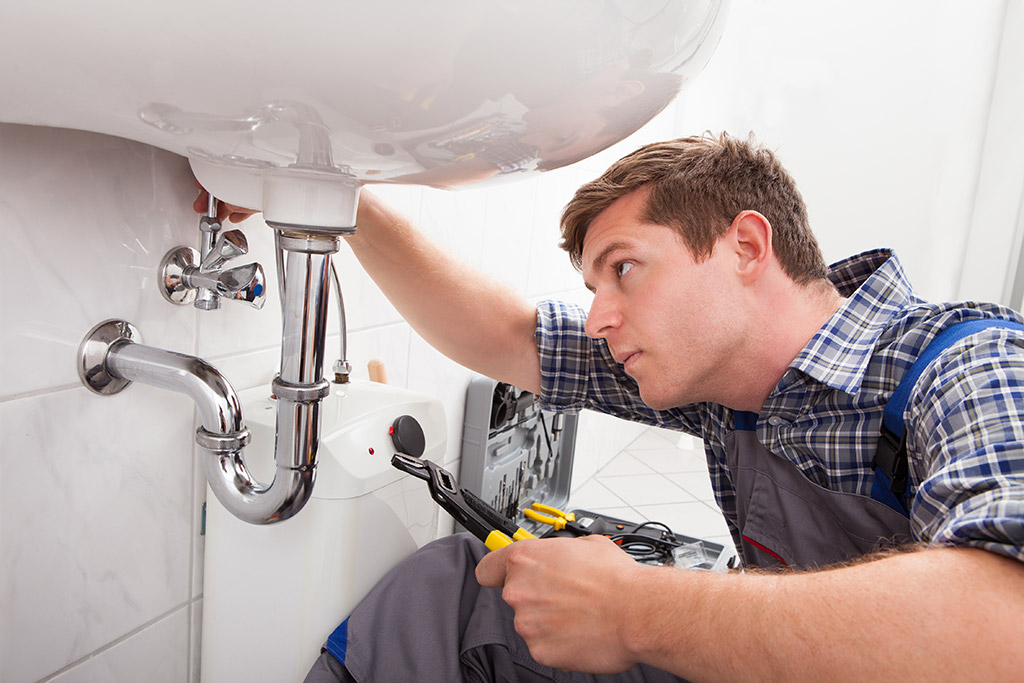A Detailed Overview to Effective Hot Water Heater Setup for Optimum Performance
Beginning on the task of mounting a water heater is a venture that demands accuracy and an organized technique for attaining optimum performance. As you proceed, the intricacies of attaching water supply lines and establishing up dependable electric or gas connections wait for, promising understandings right into making certain effectiveness and integrity.
Picking the Right Hot Water Heater

Next, think about the size and capacity of the hot water heater. It's vital to examine your house's warm water requirements, which can vary based upon the number of occupants and their usage patterns. A system that's as well small may result in inadequate warm water, while an extra-large model might cause unneeded energy intake.
Efficiency rankings additionally play an essential duty in selection. Try to find water heaters with high Power Aspect (EF) ratings, indicating exceptional performance and reduced power usage. Tankless designs, though typically a lot more expensive in advance, offer considerable energy savings gradually due to their on-demand home heating abilities.
Preparing the Installment Area
Before installing a brand-new water heating system, thorough prep work of the setup location is essential. It's crucial to gauge the area meticulously to accommodate the water heating unit's dimensions, guaranteeing appropriate clearance around the unit for reliable procedure and servicing.
Inspect the floor for stability, as the water heater will need a strong, degree surface to operate effectively. If required, install a drip frying pan under the device to catch potential leakages or spills, preventing water damage to the surrounding location.
Additionally, make sure that all necessary tools and materials are on hand prior to beginning the installation. This consists of things such as wrenches, screwdrivers, a degree, and any kind of added hardware needed for safeguarding the heater and installing. A well-prepared setup location establishes the foundation for an effective water heating unit arrangement, optimizing efficiency and safety.
Connecting Water Supply Lines
When connecting supply of water lines to your recently set up hot water heater, it is essential to make certain that all connections are protected and leak-free to maintain efficient operation and avoid water damage. Begin by determining the hot and cold supply of water lines. The chilly water inlet is generally marked with a blue tag or a "C", while the warm water outlet is marked with a red label or an "H".
Usage flexible water heater adapters to assist in an easier setup procedure. These adapters can absorb vibration and allow for mild motion, decreasing the threat of leakages. Before attaching the adapters, position a plumbing's tape around the threaded ends of the water page heater's inlet and outlet pipelines - Drain Cleaning Alabaster AL. This tape serves as a sealant, protecting against leaks. Very carefully connect the flexible tubes to the particular inlet and outlet, ensuring that they are not over-tightened yet tight, which could harm the threads.
Once links remain in area, slowly switch on the primary water shutoff. Inspect each link for leaks by visually checking and really feeling for dampness. Tighten up links as necessary, and make certain the pressure relief shutoff is correctly installed, securing versus too much pressure build-up.
Setting Up Electric or Gas Connections
Properly establishing up the electrical or gas links for your water heater is a vital action to ensure reliable and secure operation. For electrical water heating units, start by confirming that the electric circuit is compatible with the heater's voltage and amperage requirements.
For gas water heaters, security is paramount. Verify that the gas supply is off before continuing. Attach the gas line to the water heater utilizing a flexible gas connector, ensuring it is appropriately threaded and sealed with pipeline joint compound or Teflon tape ideal for gas connections. Tighten the links with a wrench, taking care not to over-tighten (Drain Cleaning Alabaster AL).
Once links are made, evaluate for any kind of potential leakages. For gas lines, apply a soapy water service to the joints; bubbles show a leakage. For electric connections, double-check that all electrical wiring is safe and properly insulated, find more information preserving conformity with neighborhood electrical codes.
Changing and testing for Effectiveness
With the electrical and gas connections firmly in position, the next action is examining the functional effectiveness of your water heating unit. Begin by carefully transforming on the supply of water and making certain there are no leakages at any one of the joints or shutoffs. As soon as validated, proceed to fill the container, paying attention to the stress and temperature settings. It is recommended to set the thermostat to an advised temperature level of around 120 ° F(49 ° C) to stabilize power efficiency and comfort.
Next, carry out a complete inspection to ensure the heating elements or burner are functioning appropriately. For electric heaters, utilize a multimeter to confirm if the components are attracting the proper existing. In gas models, observe the heater flame; it must be blue and stable, suggesting effective burning.
Change the settings as necessary to remove inefficiencies. Think about carrying out insulation procedures, such as including a water heating unit blanket, to better enhance performance by lessening warmth loss. In addition, check the anode pole's problem, as a shabby pole can reduce performance and result in storage tank rust.
Final Thought
Effective hot water heater installment is vital for ensuring optimal performance and energy financial savings. By picking the ideal type and size, and diligently preparing the setup location, a structure for success is developed. Firmly connecting water supply lines and carefully establishing electrical or gas connections minimize potential concerns. Comprehensive testing for leakages and accurate thermostat modifications to 120 ° F enhance dependability and performance. Abiding by these steps promotes lasting capability and energy conservation in residential water heater.

Correctly setting up the electric or gas links for your water heating unit is a vital step to make sure secure and efficient procedure. For electric water you can look here heaters, start by validating that the electric circuit is compatible with the heater's voltage and amperage needs. Link the gas line to the water heating system making use of a flexible gas port, ensuring it is correctly threaded and sealed with pipe joint compound or Teflon tape appropriate for gas connections.
Comments on “Rapid and Effective Drain Cleaning Alabaster AL Services Available”